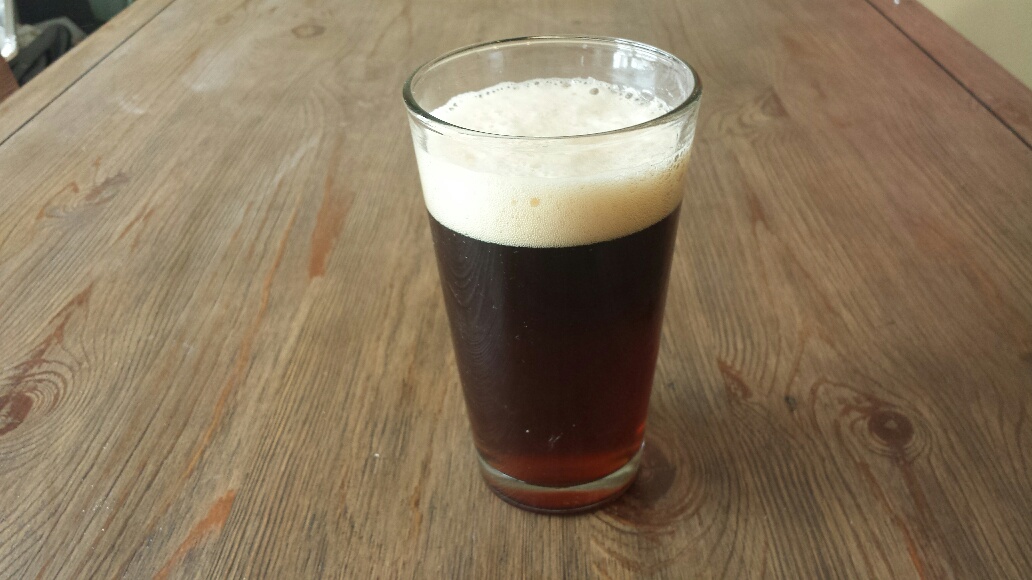acarter5251
Well-Known Member
- Joined
- Dec 22, 2013
- Messages
- 296
- Reaction score
- 17
Just emptied another keg last night and need a good cooler weather beer to take its place. I currently have an imperial stout and a pumpkin beer going, but was wondering what another good cold weather beer to brew would be, preferably with a shorter timeline from grain to glass.
Thanks in advance!
Thanks in advance!




















































![Craft A Brew - Safale S-04 Dry Yeast - Fermentis - English Ale Dry Yeast - For English and American Ales and Hard Apple Ciders - Ingredients for Home Brewing - Beer Making Supplies - [1 Pack]](https://m.media-amazon.com/images/I/41fVGNh6JfL._SL500_.jpg)





